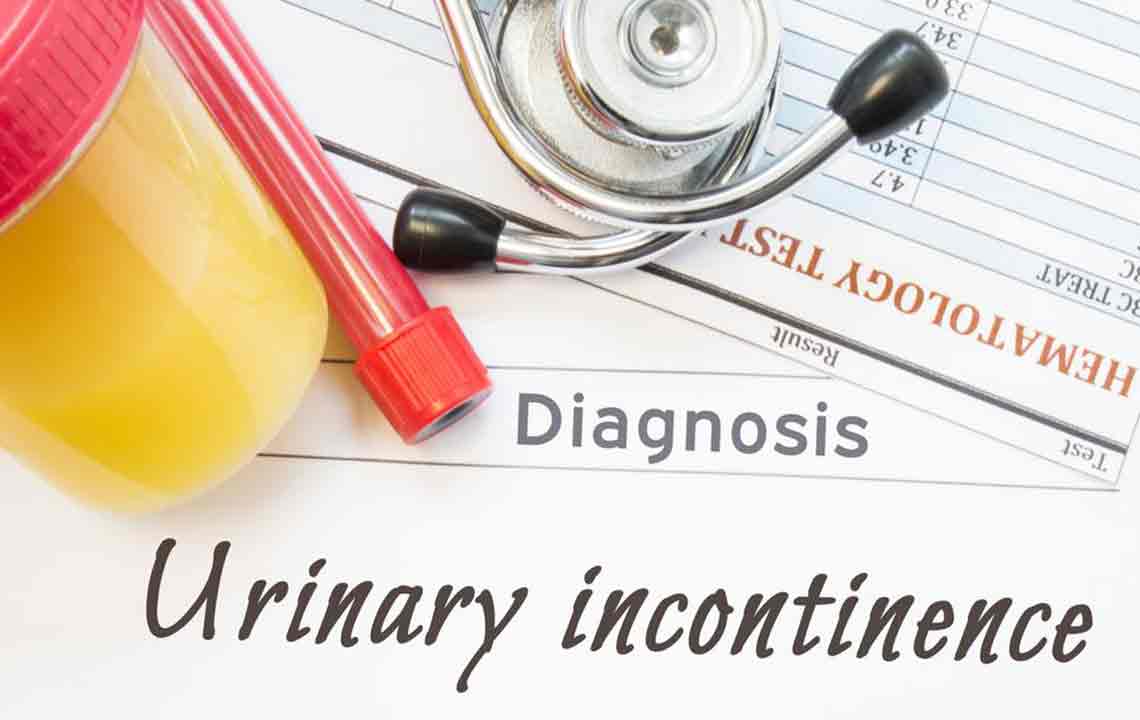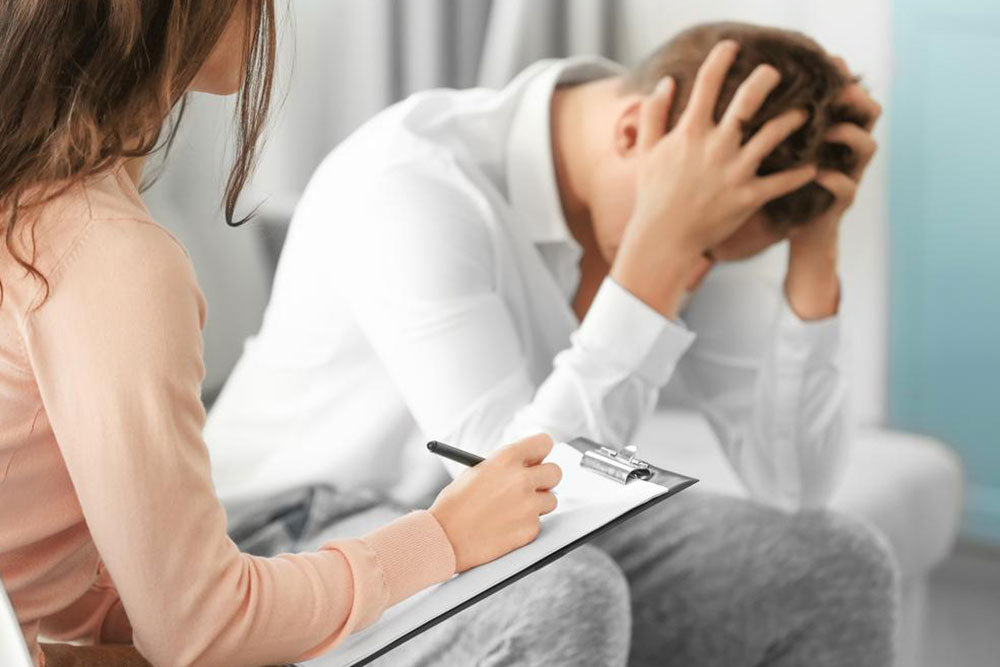Understanding Urinary Incontinence: Causes and Treatment Options
This article explores the causes of urinary incontinence, including pregnancy, prostate enlargement, and tumors. It discusses various treatment options, such as medications, pelvic exercises, nerve stimulation, and surgery, aimed at improving quality of life. Early diagnosis and tailored therapies can effectively manage symptoms and reduce psychological impact. Understanding these aspects helps individuals seek timely medical help and regain confidence through appropriate interventions.

Understanding Urinary Incontinence: Causes and Treatment Options
Urinary incontinence is a symptom rather than a standalone condition, often overlooked. Though most common among older adults, it can affect individuals with underlying health issues. Early consultation with a healthcare provider is essential for effective relief. Certain foods, medications, infections, and constipation can temporarily worsen incontinence. Managing diet and seeking medical advice can improve symptoms. Treatments include lifestyle adjustments, medications like anticholinergics and topical estrogen, nerve stimulation, pelvic exercises such as Kegels, and surgical procedures when necessary. Addressing incontinence significantly enhances quality of life and psychological well-being.
Incontinence often arises when urinary symptoms become uncontrollable. Several factors contribute to this condition, including:
Pregnancy and Childbirth
Hormonal shifts and physical stress during delivery can damage bladder nerves and tissues, leading to incontinence. The descent of the uterus, bladder, and rectum exacerbates this issue.
Prostate Enlargement
In men, an enlarged prostate can obstruct urine flow and cause leakage, especially if prostate cancer is not treated timely.
Tumors in the Urinary System
Growths can block urine flow, resulting in leakage.
Hysterectomy and Menopause
Surgical removal of reproductive organs and aging-related muscle deterioration weaken pelvic support, leading to incontinence.
Behavioral changes can also help manage symptoms. Holding urine for ten minutes, avoiding spicy, acidic foods and alcohol, and regular bladder emptying can reduce episodes. Medical treatments include medications that calm bladder activity, topical estrogen for tissue support, and muscle relaxants like alpha-blockers. Devices such as nerve stimulators, bulking injections, and Botox are options for persistent cases. Pelvic exercises and electrical stimulation strengthen pelvic muscles, aiding control. When necessary, surgical interventions like sling procedures and ligament repairs provide long-term support. Proper management can restore confidence and improve life quality.
Note:
Our blog offers comprehensive information from various health categories. While research-based and practical, articles should not replace professional medical advice. The editorial team is not responsible for discrepancies or inaccuracies, and readers should consult healthcare providers for personalized diagnosis and treatment. Additionally, some treatment schemes or offers might not be included here. Always seek professional guidance for health concerns.










